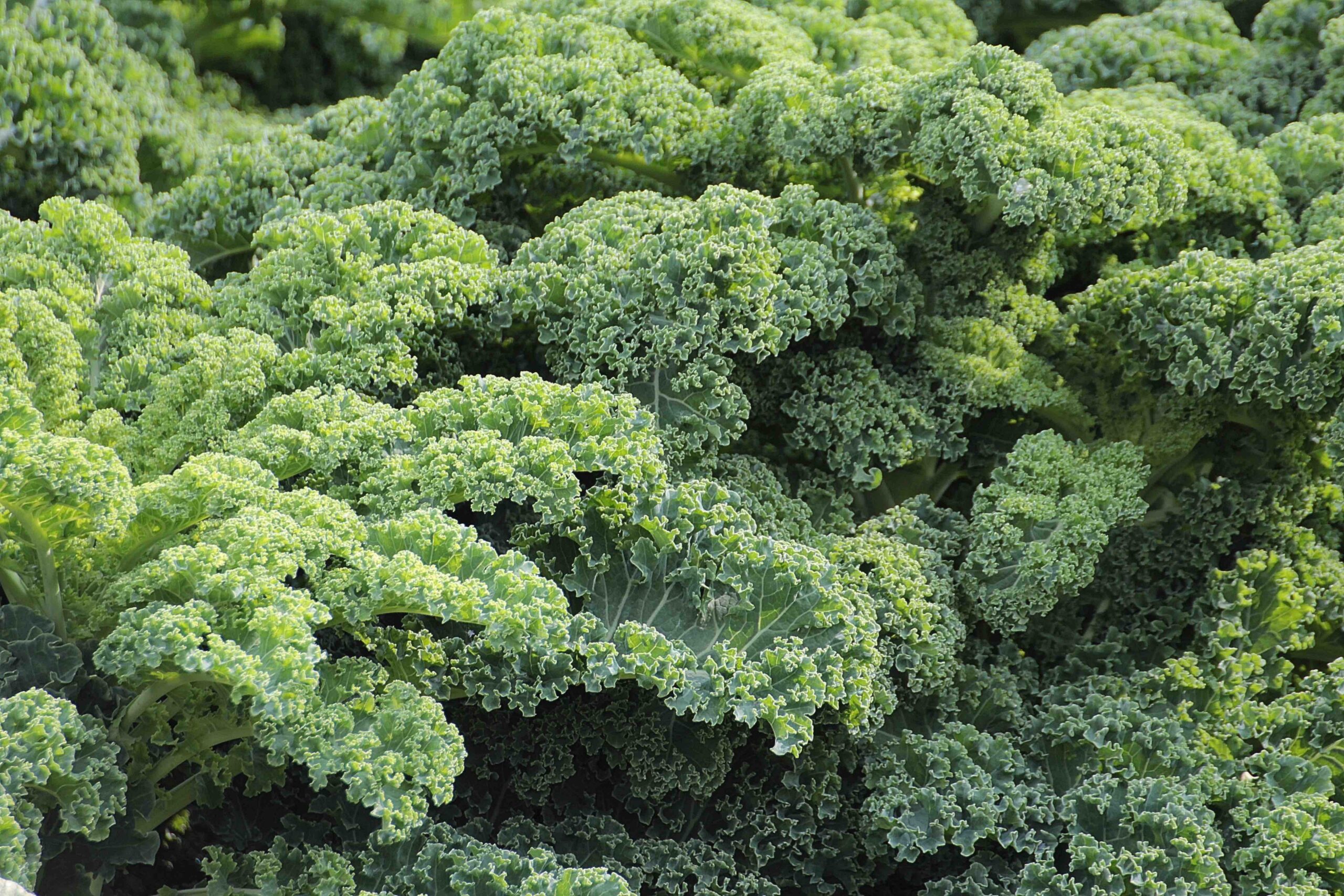Farmers markets represent a unique market channel with specific implications for specialty crop production support systems. The vast majority of vendors are small scale producers, but increasingly require production and management skills quite different from their commercial scale counterparts. Farmers markets play important roles within many communities as the face of food and agriculture to many who are otherwise disconnected. Food access and nutrition are key issues, but these markets also provide vendors with an important platform to develop attractive niche enterprises, value-added products, and connect with consumer groups holding shared food values.
Nationally, we have seen farmers markets demonstrate considerable resilience in production, organization, and distribution, becoming nimble and creative in an effort to help their community patrons access their products. Farm markets, like other food retailers, were deemed essential businesses early during Covid because of their role in providing many food access. Covid has sparked a lot of change and innovation, to be sure. While many markets and vendors struggled with the economics of Covid, there has been a strong resilience and resurgence; now over 9,000 farm market sites are active nationally.
The growing complexity of farmer-vendor and consumer interactions is a major point of concern, but also an opportunity. Darlene Wolnik, Program Director for the Farmers Market Coalition, provided five broad themes to think about regarding emerging challenges facing farmers markets, specialty crops, and the U.S. South. We can relate them to our experiences with farmers markets in Kentucky in connection with the Center for Crop Diversification.
- Very few (any?) states in the U.S. South have an organized state farm market association. These have been critical in other parts of the country (WA, IL, MI, NY) to close the gaps for market innovation, create a voice for policy/research needs, and operationalizing data/program sharing across a network of markets. Some coordination work has been attempted through LFPP and FMPP projects across the South, but this kind of coordination does not substitute for strong grassroots member-driven organizations. States with active state associations were in much better position to coordinate during a time of crisis, but also can speed market innovation, lead vendor advocacy, coordinate around data sharing and aggregation, can support wide vendor business development, and pursue various grants as a collective.
- Climate adaptation for specialty crops is especially acute in the South both for farms, markets, and market infrastructure. This is becoming a key issue as it relates to new plant pests and diseases, but also season extensions and climate zone plant viability.
- Many state agencies across the South have maintained a focus on commodity agriculture. Programs for direct marketing of specialty crops, value-added products, and direct meat marketing require very different expertise. New regulatory/certification issues, marketing programs, technical assistance with small-scale production systems, and community engagement facilitation are required. Many “new farmers” in direct markets have less ag background and more experience in marketing or other first careers and their needs are different. Many respond well to social media but have no idea how to use enterprise budgets or where to look for small scale production management questions. Commodity producers looking to diversify into direct markets are often in the opposite situation.
- Markets have many diverse needs for technical assistance, including bringing on youth and new vendors, learning how to build collective appeal to the market through season extension, new products and varieties, and value-added products. Many of the needs of young and beginning direct marketers don’t fit as well with traditional publication and basic lecture-based trainings familiar to extension and technical assistance providers—they require more tailored education and support like the ‘Marketing for All Program’ which allows them to choose their own needs and path, but even that program is not as flexible and individualized as it could be to meet these very unique needs.
- Pricing for markets is not always intuitive. Input costs are certainly higher and these costs are compounded by the lack of scale economies connected with small farms. Other costs, like management and risk, are difficult for many vendors and consumers to understand. More farmer education and consumer public relations are needed to recognize these costs. There are many different types of markets and even different types of consumers that may shop within the same market. Helpful work is emerging exploring different market taxonomies, but, like many markets, research needs are growing with increases in data, shopping formats, digital sales, and patron demographics. The price reports we offer through the Center for Crop Diversification are very helpful to many producers, but there is a great need for a supporting base of knowledge and education to be able to apply them accurately, and setting prices based on the reports is certainly not a guarantee of profitability. This is especially important in the current environment when there is so much input cost volatility and risk.
The farmers market space will continue to create opportunities for farmers of all kinds of products as a key platform in the direct-to-consumer marketing model. New technical assistance needs relating to the issues above will need to be developed in support of this growing community. These markets will continue to be a high profile interface for agriculture with the public and will evolve. The opportunities to facilitate stronger collective market performance remain, especially in the South, through a variety of approaches that can help both vendors and community patrons.
Some related links
http://farmersmarketcoalition.org/
https://www.ams.usda.gov/market-news/local-regional-food
Photo by Mauricio Borja: https://www.pexels.com/photo/blue-pickup-truck-parked-in-front-of-farmers-market-9272296/








